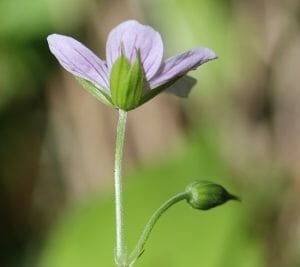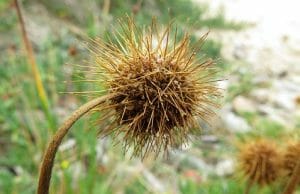Sepal Definition
The sepal is a leaf-shaped structure found in flowering plants, or angiosperms. It is found on the outermost part of the flower, and like a petal, a sepal is considered to be a modified leaf. However, sepals are more likely to be confused with leaves since they are typically, but not always, green. They are also often covered with tiny hairs, and are directly attached to the stem as they are the first part of the flower to develop. Together, all the sepals of a single flower are referred to as the calyx. Sepals can be long or short, thick or thin, fused together or separated, and are found in different numbers, which helps scientists classify different plants. Shown below are sepals in two different stages of maturity of flowers.
Function of Sepal
The initial function of sepals is to provide support and protection for a flower bud as they close up around it until it’s ready to bloom. The sepals surround the petals and the reproductive organs inside the flower and protect them from harsh environmental conditions and drying out. Once the flower has bloomed, the sepal can become covered in thorns and serve the function of protecting the flower in some plants, while in others it withers or is present but no longer of use. In other cases, the sepals can go as far as growing larger and closing around the fruit in order to protect it from different kinds of insects or bees, or they may become sharp and pointy as in the genus Acaena shown below. This flower has no petals but the sepals are sharp and serve as protection for the fruit carrying many seeds. Another mechanism of defense that sepals in some plants use is in the form of producing chemicals that would ward off predators.
Related Biology Terms
- Anther – The part of the plant’s stamen that contains pollen grains.
- Ovule – The part of the female reproductive organ in plants that later becomes the seed.
- Pistil – The female component of a flower, containing at least one carpel.
- Receptacle – The tip of a stem that carries a flower.
Quiz
1. Which of the following is true of a sepal?
A. Sepal is another word for “leaf”
B. It is only found on flowering plants
C. Sepals always come in threes
D. Sepals no longer have a function once the flower blooms
2. Which of the following is not a characteristic of sepals?
A. Some can produce chemicals that protect the fruit from predators
B. They close up around the petals until the flower is ready to open
C. They are usually green in color
D. They contain pollen grains


